A Decision Method of the Large-scale Unit Maintenance Scheduling Considering Predicted Electricity Price and Carbon Emission Cost
-
摘要: 随着国内电力市场和碳市场改革的持续深入,发电机组检修决策对于保证电力系统安全可靠运行和发电厂商经济收益的影响越来越深,同时机组检修优化问题的整数变量规模和约束条件规模急剧增加对优化问题的求解带来巨大挑战。对此,该文在考虑电力系统可靠性机组检修优化模型上,提出通过贝叶斯优化的方法训练检修优化模型,进而获得最佳分支打分因子值,然后加速整数规划中分支定界求解过程的方法,适用于大规模电力系统机组检修问题。此外,进一步剖析了发电机组发电收益和碳排放成本核算机理,提出一种电力市场环境下考虑碳排放成本的发电机组检修协调机制,在保证电力系统安全运行基础上,最大化各发电厂商检修机组的电能量市场和碳市场利益。最后,通过IEEE-118节点标准算例验证了该方法的有效性和工程实用性。Abstract: With the increasing scale of domestic power system and the continuous deepening of the reform of domestic power market and carbon emission market, the reasonable arrangement of the unit maintenance scheduling has a more and more important impact on the reliability of the power system and the profits of generator manufacturers from the power market and the carbon emission market. On the other hand, the scale of integer variables and constraints of unit maintenance optimization problem also increases sharply. Considering the above problems, a unit maintenance optimization model considering power system reliability is proposed. In addition, with a method based on the Bayesian optimization proposed, to the solution progress of the model obtains the best branch scoring factor value to accelerate the branch-and-bound solution process in integer programming, which is more suitable for the application of the large-scale power system maintenance models. Moreover, a unit maintenance coordination mechanism considering the carbon emission cost and the predicted electricity price is advanced, which maximizing the generation profits in both electric energy market and carbon emission market during the annual unit maintenance scheduling with the safe operation of the power system. Finally, the effectiveness and the practicability of the above model are verified on the IEEE-118 bus system.
-
表 1 发电机组检修参数表
5 14 21 24 25 26 27 36 39 40 48 51 检修时间(周) 2 8 4 4 6 4 6 2 10 10 2 2 容量(MW) 185 100 148 255 260 100 491 100 100 100 100 100 表 2 发电机组碳排放情况
机组 发电成本$ c(t) $(元/MWh) CO2排放率(tCO2/MWh) 历史基准发电量(GWh) 平均历史碳排放率(tCO2/MWh) 5 320 0.80 555 0.8 14 348 1.00 300 21 400 0.9 444 24 390 1.2 765 25 360 1.3 780 26 360 1.1 300 27 400 0.7 1473 36 420 1.2 300 39 420 1.2 300 40 350 0.8 300 48 360 1.1 300 51 360 1.1 300 -
[1] MOYO L, NWULU N I, EKPENYONG U E, et al. A tri-objective model for generator maintenance scheduling[J]. IEEE Access, 2021, 9: 136384–136394. doi: 10.1109/ACCESS.2021.3112157 [2] SALGADO K, SEBASTIÁN D, and BADAOUI M. Coordination between long-term generation maintenance scheduling and short-term TCUC[C]. 2021 IEEE International Autumn Meeting on Power, Electronics and Computing (ROPEC), Ixtapa, Mexico, 2021: 1−8. [3] SURESH K and KUMARAPPAN N. Hybrid improved binary particle swarm optimization approach for generation maintenance scheduling problem[J]. Swarm and Evolutionary Computation, 2013, 9: 69–89. doi: 10.1016/j.swevo.2012.11.003 [4] BADRI A and NIAZI A N. Preventive generation maintenance scheduling considering system reliability and energy purchase in restructured power systems[J]. Journal of Basic and Applied Scientific Research, 2012, 2(12): 12773–12786. [5] FU Jianfeng, NÚÑEZ A, and DE SCHUTTER B. A short-term preventive maintenance scheduling method for distribution networks with distributed generators and batteries[J]. IEEE Transactions on Power Systems, 2021, 36(3): 2516–2531. doi: 10.1109/TPWRS.2020.3037558 [6] PAPADOPOULOS P, COIT D W, and EZZAT A A. Seizing opportunity: Maintenance optimization in offshore wind farms considering accessibility, production, and crew dispatch[J]. IEEE Transactions on Sustainable Energy, 2022, 13(1): 111–121. doi: 10.1109/TSTE.2021.3104982 [7] MANSHADI S D and KHODAYAR M E. Risk-averse generation maintenance scheduling with microgrid aggregators[J]. IEEE Transactions on Smart Grid, 2018, 9(6): 6470–6479. doi: 10.1109/TSG.2017.2713719 [8] KAMALI R, KHAZAEI P, BANIZAMANI P, et al. Stochastic unit generation maintenance scheduling considering renewable energy and network constraints[C]. 2018 World Automation Congress (WAC), Stevenson, USA, 2018: 1−6. [9] ZHU Zikun, ZENG Jianxin, ZHENG Xiaoli, et al. Monthly generation unit maintenance optimization method considering power supply capacity and peak regulation capacity[C]. Proceedings of 2019 IEEE Innovative Smart Grid Technologies - Asia (ISGT Asia), Chengdu, China, 2019: 110−115. [10] XIANG Hongji, DAI Chaohua, ZHAO Chuan, et al. Generating units maintenance scheduling considering peak regulation pressure with large-scale wind farms[C]. 2016 China International Conference on Electricity Distribution (CICED), Xi’an, China, 2016: 1–6. [11] 袁泉, 游伟, 季新生, 等. 虚拟网络功能资源容量自适应调整方法[J]. 电子与信息学报, 2021, 43(7): 1841–1848. doi: 10.11999/JET200110YUAN Quan, YOU Wei, JI Xinsheng, et al. Adaptive scaling of virtualized network function resource capacity[J]. Journal of Electronics &Information Technology, 2021, 43(7): 1841–1848. doi: 10.11999/JET200110 [12] 程永生, 朱江, 林孝康. 引入D2D通信的蜂窝网上行资源分配算法[J]. 电子与信息学报, 2014, 36(12): 2822–2827. doi: 10.3724/SP.J.1146.2014.00056CHENG Yongsheng, ZHU Jiang, and LIN Xiaokang. Uplink resource allocation in device-to-device enabled cellular networks[J]. Journal of Electronics &Information Technology, 2014, 36(12): 2822–2827. doi: 10.3724/SP.J.1146.2014.00056 [13] 熊钢, 胡宇翔, 段通, 等. 一种软件定义网络的安全服务链动态组合机制[J]. 电子与信息学报, 2016, 38(5): 1234–1241. doi: 10.11999/JEIT150876XIONG Gang, HU Yuxiang, DUAN Tong, et al. A dynamic composition mechanism for the security service chain oriented software defined networking[J]. Journal of Electronics &Information Technology, 2016, 38(5): 1234–1241. doi: 10.11999/JEIT150876 [14] 李凯文, 张涛, 王锐, 等. 基于深度强化学习的组合优化研究进展[J]. 自动化学报, 2021, 47(11): 2521–2537. doi: 10.16383/j.aas.c200551LI Kaiwen, ZHANG Tao, WANG Rui, et al. Research reviews of combinatorial optimization methods based on deep reinforcement learning[J]. Acta Automatica Sinica, 2021, 47(11): 2521–2537. doi: 10.16383/j.aas.c200551 [15] HUANG Guyue, HU Jingbo, HE Yifan, et al. Machine learning for electronic design automation: A survey[J]. ACM Transactions on Design Automation of Electronic Systems, 2021, 26(5): 40. doi: 10.1145/3451179 [16] CHENG Ruoyu and YAN Junchi. On joint learning for solving placement and routing in chip design[C]. Proceedings of the 34th Annual Conference on Neural Information Processing Systems, Vancouver, Canada, 2021: 16508−16519. [17] LIU Rui, LEE M, YU Guanding, et al. User association for millimeter-wave networks: A machine learning approach[J]. IEEE Transactions on Communications, 2020, 68(7): 4162–4174. doi: 10.1109/TCOMM.2020.2983036 [18] LEE M, YU Guanding, and LI G Y. Learning to branch: Accelerating resource allocation in wireless networks[J]. IEEE Transactions on Vehicular Technology, 2020, 69(1): 958–970. doi: 10.1109/TVT.2019.2953724 [19] 董哲康. 基于忆阻器的电路分析及其在神经形态系统中的应用[D]. [博士论文], 浙江大学, 2019.DONG Zhekang. Memristor based circuit analysis and its applications in neuromorphic systems[D]. [Ph. D. dissertation], Zhejiang University, 2019. [20] LEE M, YU Guanding, and LI G Y. Graph embedding-based wireless link scheduling with few training samples[J]. IEEE Transactions on Wireless Communications, 2021, 20(4): 2282–2294. doi: 10.1109/TWC.2020.3040983 [21] XAVIER Á S, QIU Feng, and AHMED S. Learning to solve large-scale security-constrained unit commitment problems[J]. INFORMS Journal on Computing, 2021, 33(2): 739–756. doi: 10.1287/ijoc.2020.0976 [22] LIN Xinming, HOU Z J, REN Huiying, et al. Approximate mixed-integer programming solution with machine learning technique and linear programming relaxation[C]. 2019 3rd International Conference on Smart Grid and Smart Cities (ICSGSC), Berkeley, USA, 2019: 101−107. [23] MARCOS ALVAREZ A, LOUVEAUX Q, and WEHENKEL L. A supervised machine learning approach to variable branching in branch-and-bound[R]. 2014. [24] ASLAM M, LEE S J, KHANG S H, et al. Two-stage attention over LSTM with Bayesian optimization for day-ahead solar power forecasting[J]. IEEE Access, 2021, 9: 107387–107398. doi: 10.1109/ACCESS.2021.3100105 [25] ACHTERBERG T, KOCH T, and MARTIN A. Branching rules revisited[J]. Operations Research Letters, 2005, 33(1): 42–54. doi: 10.1016/j.orl.2004.04.002 -





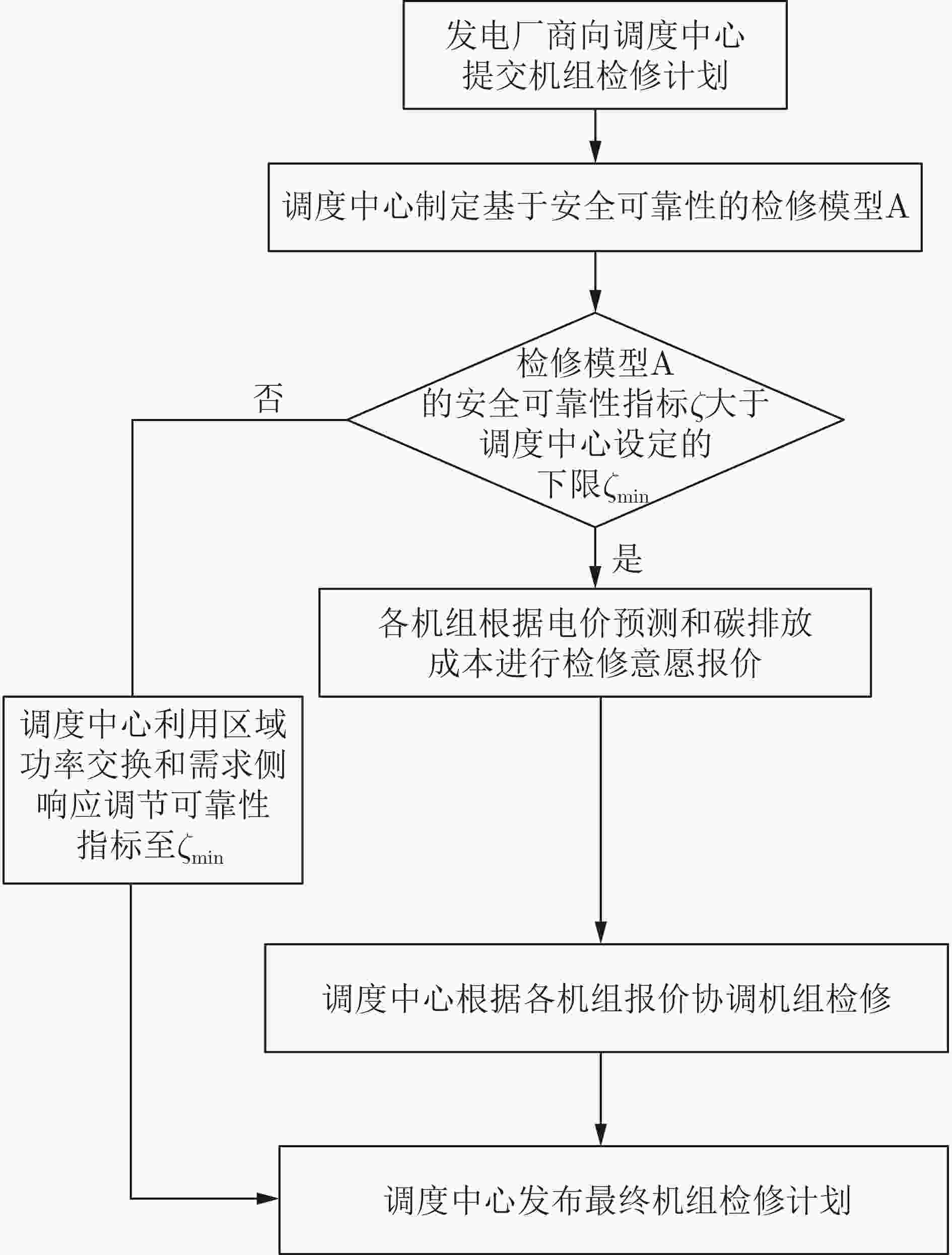
 下载:
下载:
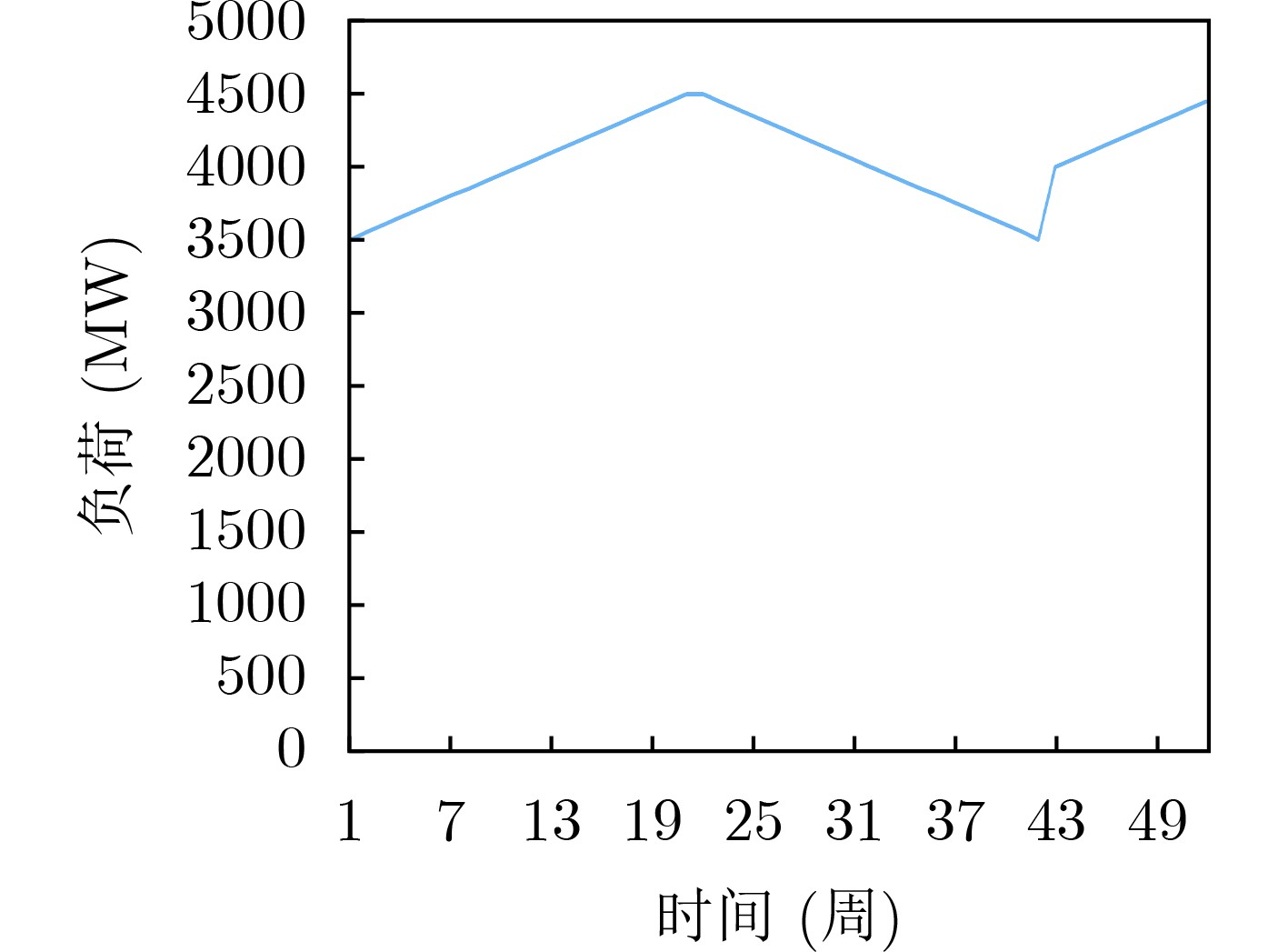
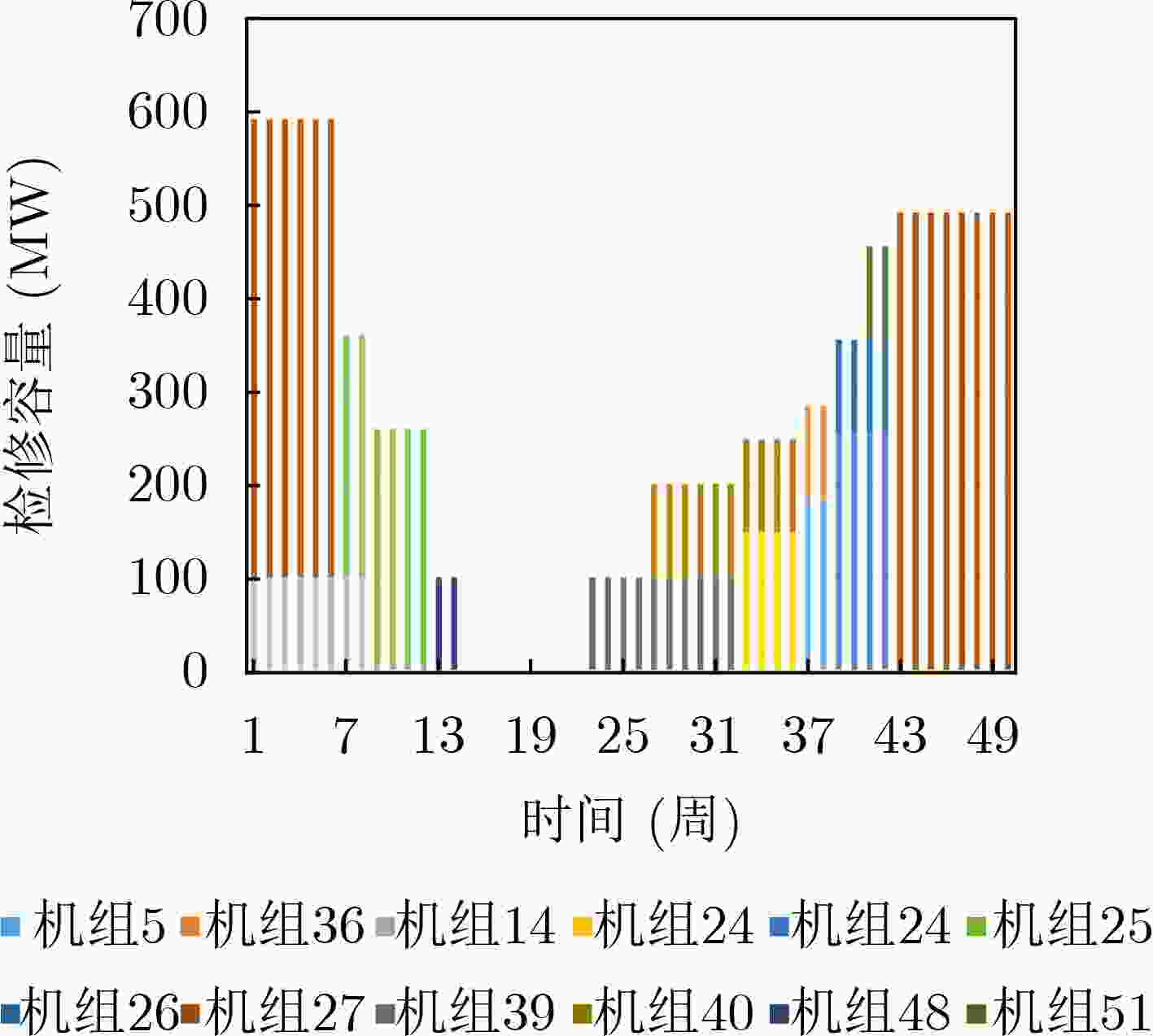
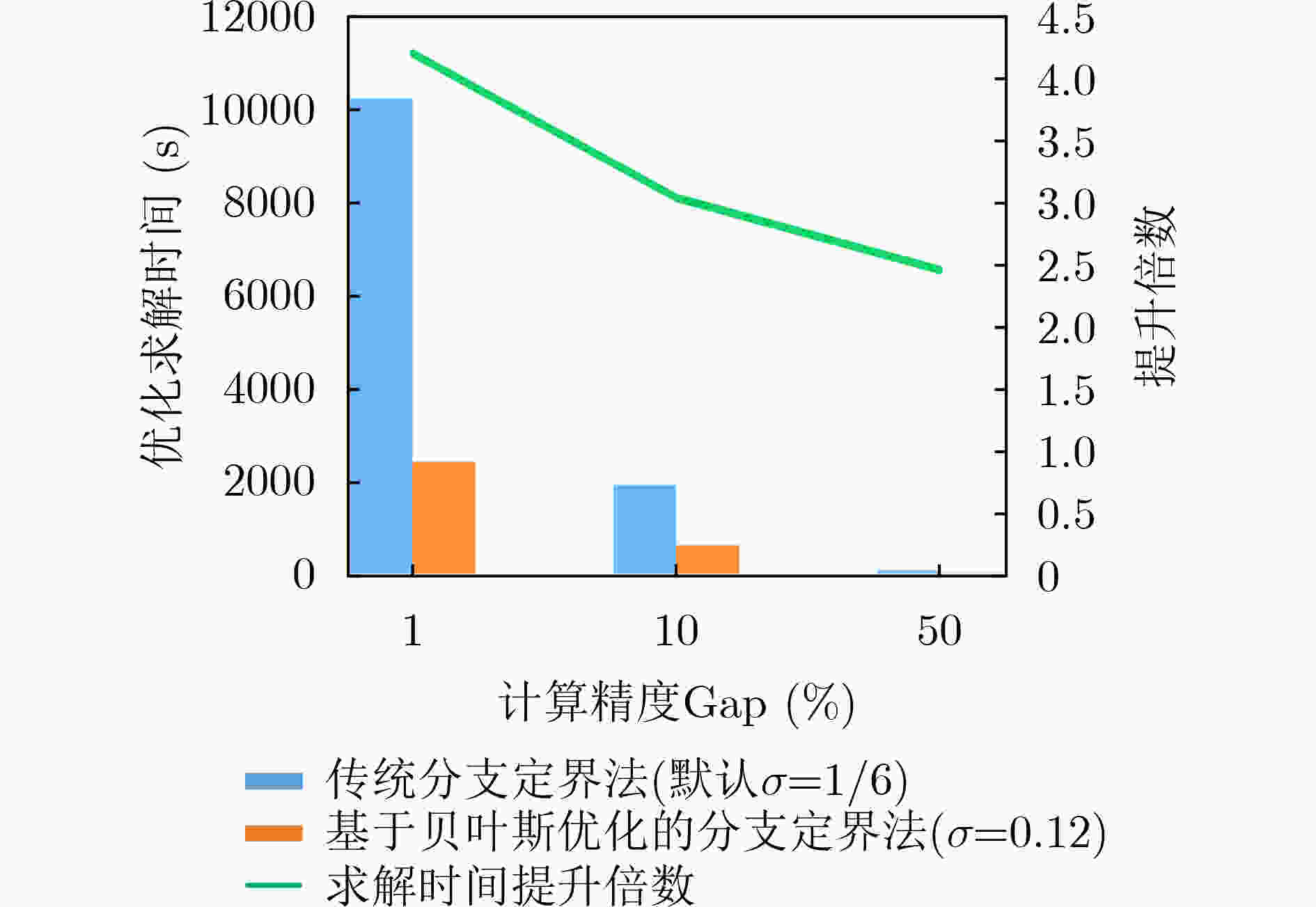

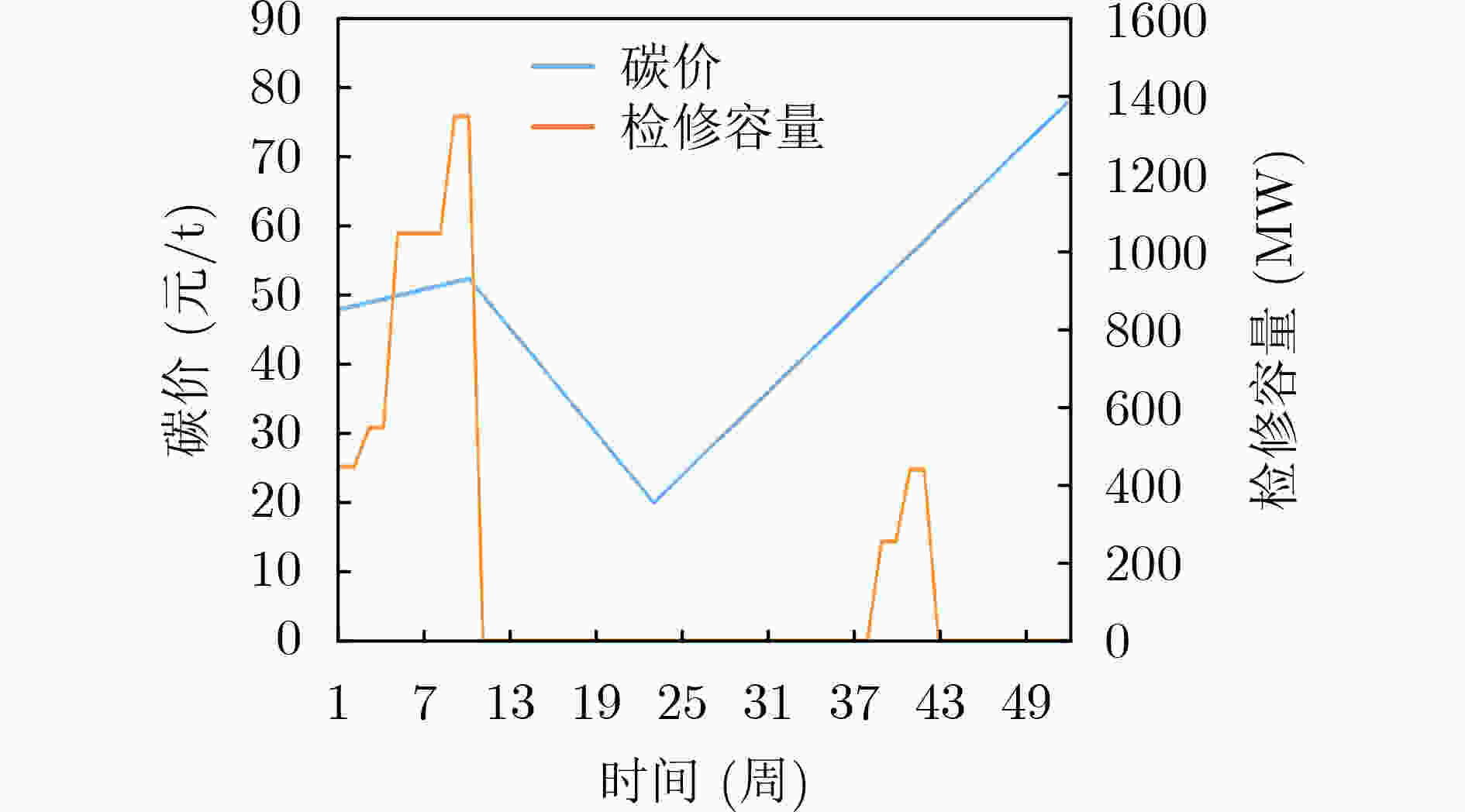
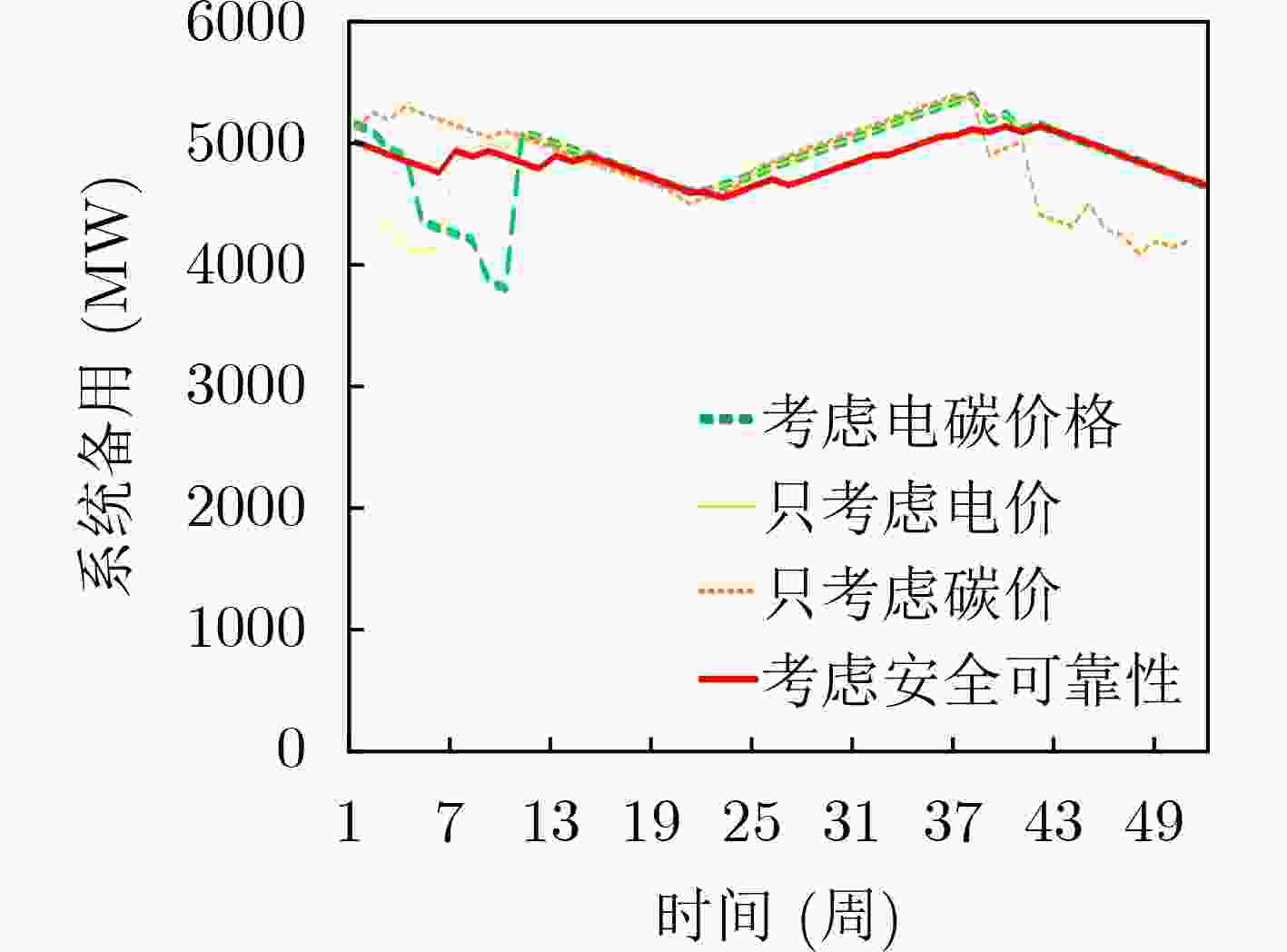


 下载:
下载:
